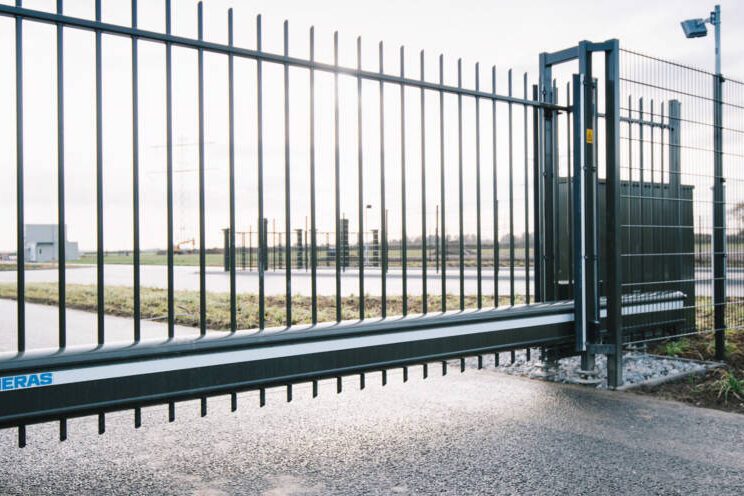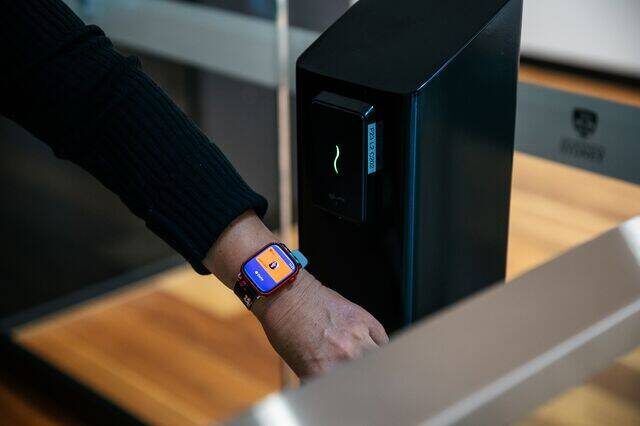
The Protection of Freedoms Act 2012 received Royal Assent this week, passing into law regulations around the use and disposal of forensic data including biometrics, fingerprints, DNA and other materials, as well as the regulation of the use of CCTV and other surveillance devices.
Royal assent comes 14 months after the Protection of Freedoms Bill was introduced by the Home Secretary Theresa May in February 2011.
Broken into seven parts and 10 schedules, the Act:
- brings in a new framework for police retention of fingerprints and DNA data, and requires schools to get parents’ consent before processing children’s biometric information
- introduces a code of practice for surveillance camera systems and provides for judicial approval of certain surveillance activities by local authorities
- provides for a code of practice to cover officials’ powers of entry, with these powers being subject to review and repeal
- outlaws wheel-clamping on private land
- introduces a new regime for police stops and searches under the Terrorism Act 2000 and reduces the maximum pre-charge detention period under that Act from 28 to 14 days
- restricts the scope of the ‘vetting and barring’ scheme for protecting vulnerable groups and makes changes to the system of criminal records checks
- enables those with convictions for consensual sexual relations between men aged 16 or over (which have since been decriminalised) to apply to have them disregarded
- extends Freedom of Information rights by requiring datasets to be available in a re-usable format
- repeals provisions (never brought into force) which would have allowed trial without a jury in complex fraud cases
- removes time restrictions on when marriage or civil partnership ceremonies may take place.
The Bill was a keystone of the agreement between the Conservative and Liberal Democrat Parties which enabled them to form a coalition government.
Home Secretary Theresa May said: “Snooping on the contents of families’ bins and security checking parents who want to help out in their children’s classrooms were never needed for state security and we have brought them to an end. I have brought common sense back to public protection with this Act.”
CCTV controls
Apart from the headline grabbing ban on wheel clamping, the Act will also impact directly on the security industry by creating a Surveillance Camera Commissioner to regulate CCTV.
The Act applies to publicly-owned systems and those controlled by the police which account for only two per cent of the 1.85 million cameras in the UK.
More than 90 per cent of cameras in the UK are privately owned, operating in shops, pubs, petrol stations and other quasi-public spaces, with a further six per cent on public transport. The Act does not apply to them.
The Protection of Freedoms Act comes five years after the publication of the National CCTV Strategy (October 2007) which set out 44 recommendations for regulating CCTV.
Peter Fry, director of the CCTV User Group, criticised the Act and the Home Office for the lack of progress on regulation since the publication of the Strategy.
“I would have assumed there would be more progress on the Code of Practice and what was going to be included in that,” he said. “And I would have assumed they would have done more on standards already.”
He’s also critical of the scope of the legislation. “The real problem for me is that it only applies to local authorities and the police. These are the most regulated parts of the industry already and the most professional. The problem with CCTV lies with the smaller systems and domestic systems.”
His overall assessment? “It will be a damp squib. It’s taken years to get to this stage from Graeme Gerrard’s original report [the National CCTV Strategy] and it hasn’t answered any of the big questions in his report.”
Writing on the website, LibDemVoice, Tom Brake MP said: “The Coalition Government will also appoint a new Surveillance Camera Commissioner to provide, for the first time, a single framework within which all users of such systems can operate. Don’t forget that thanks to Labour, Britain had 1% of the world’s population but a fifth of the world’s CCTV cameras.”
Fry said that Brake’s figures were based on the discredited 4.2 million figure.
It should also be pointed out that the Camera Commissioner will initially only be creating a framework for the two per cent of publicly owned cameras but there was discussion during the drafting of the Bill that it could be extended to include progressively more cameras.









